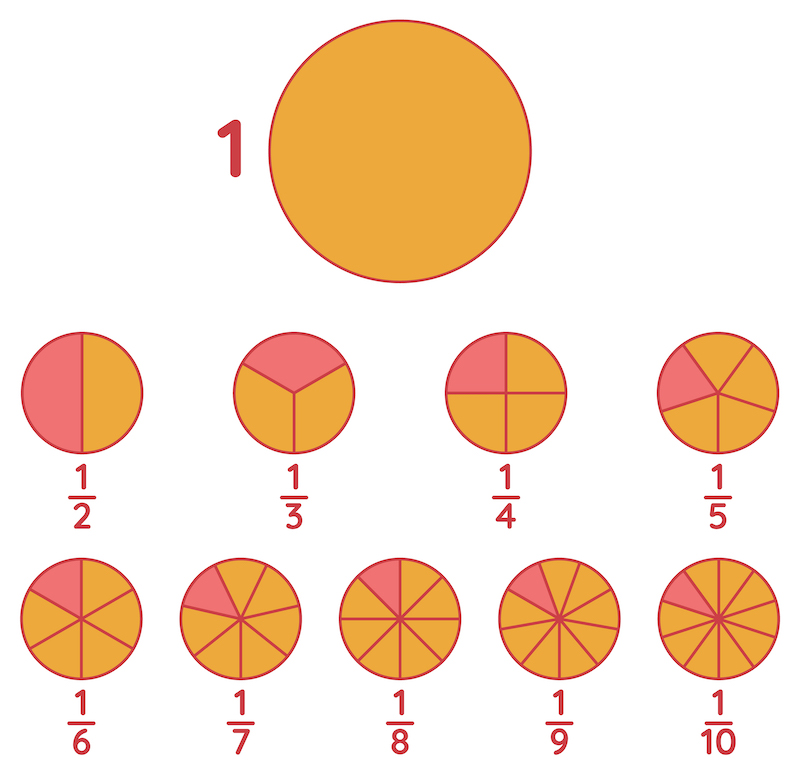
Chapter Overview
The chapter Fractions introduces students to the concept of dividing whole into equal parts. It explains different types of fractions, representation on number lines, equivalent fractions, comparison, and basic operations like addition and subtraction. This fundamental topic is essential for understanding proportional reasoning and real-world measurements.
Important Keywords
- Fraction: A number that represents part of a whole.
- Numerator: The number above the fraction bar, indicating parts taken.
- Denominator: The number below the fraction bar, indicating total equal parts.
- Proper Fraction: Numerator is less than the denominator (e.g., 3/4).
- Improper Fraction: Numerator is greater than or equal to the denominator (e.g., 5/3).
- Mixed Fraction: A whole number combined with a proper fraction (e.g., 1 2/5).
- Equivalent Fractions: Fractions that represent the same value (e.g., 1/2 = 2/4).
- Like Fractions: Fractions with the same denominator.
- Unlike Fractions: Fractions with different denominators.
Detailed Notes
Sign In to view full chapter (Fractions - Detailed Notes) resources.
Want to unlock the full learning experience?
Log In to continue
To access this learning resource, save your progress and get personalized recommendations — please log in to your account or register for free.
It only takes a minute and gives you complete access to lesson history, resource bookmarks, and tailored study suggestions.
Log In to continue
